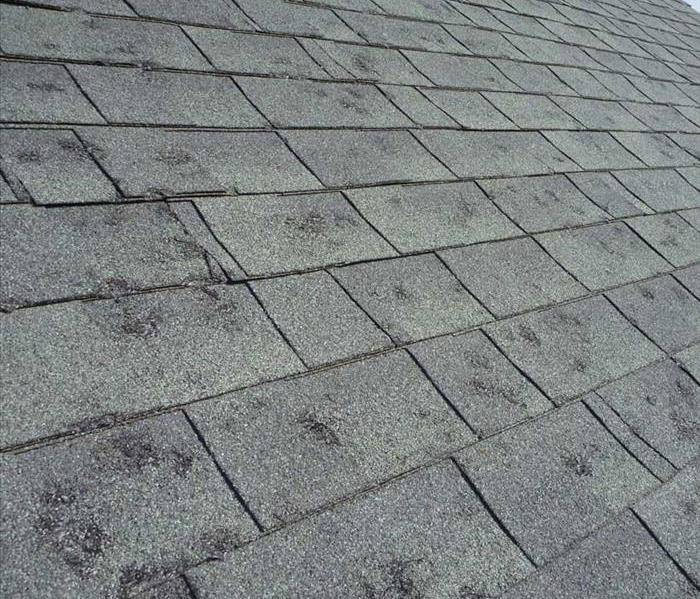Hail Facts, According to the National Weather Service
9/15/2021 (Permalink)
HOW IT FORMS:
Inside thunderstorms are warm updrafts and cold downdrafts. When a water drop is lifted, it can carry to temperatures below 32 degrees, freeze and then fall. As it falls it can thaw as it moves into warmer air, where it can get picked up again by another updraft, returning it to cold air where it refreezes. With each trip above and below freezing, it adds a layer of ice before it ultimately falls to earth as hail.
BIGGEST EVER
The largest recorded hailstone in the U.S. was nearly as big as a volleyball and fell on July 23, 2010, in Vivian, South Dakota. It was 8 inches in diameter and weighed almost 2 pounds.
DAMAGE DONE
Hail causes about $1 billion damage to crops and property annually. A hailstorm that hit Kansas City on April 10, 2001, was the costliest ever in the U.S., causing about $2 billion damage. If a strong storm roars through, you may find your siding damaged by hail and shingles that the wind ripped off the roof. Homeowners insurance typically covers wind damage. Coverage also usually includes damage from hail, wind-driven rain or snow that gets inside the home when a roof or wall is damaged due to wind. Most policies also offer some coverage for fallen trees that damage your home, provided the tree broke because of a storm or wind.
SERVPRO of Vero Beach
772-770-0501






 24/7 Emergency Service
24/7 Emergency Service
